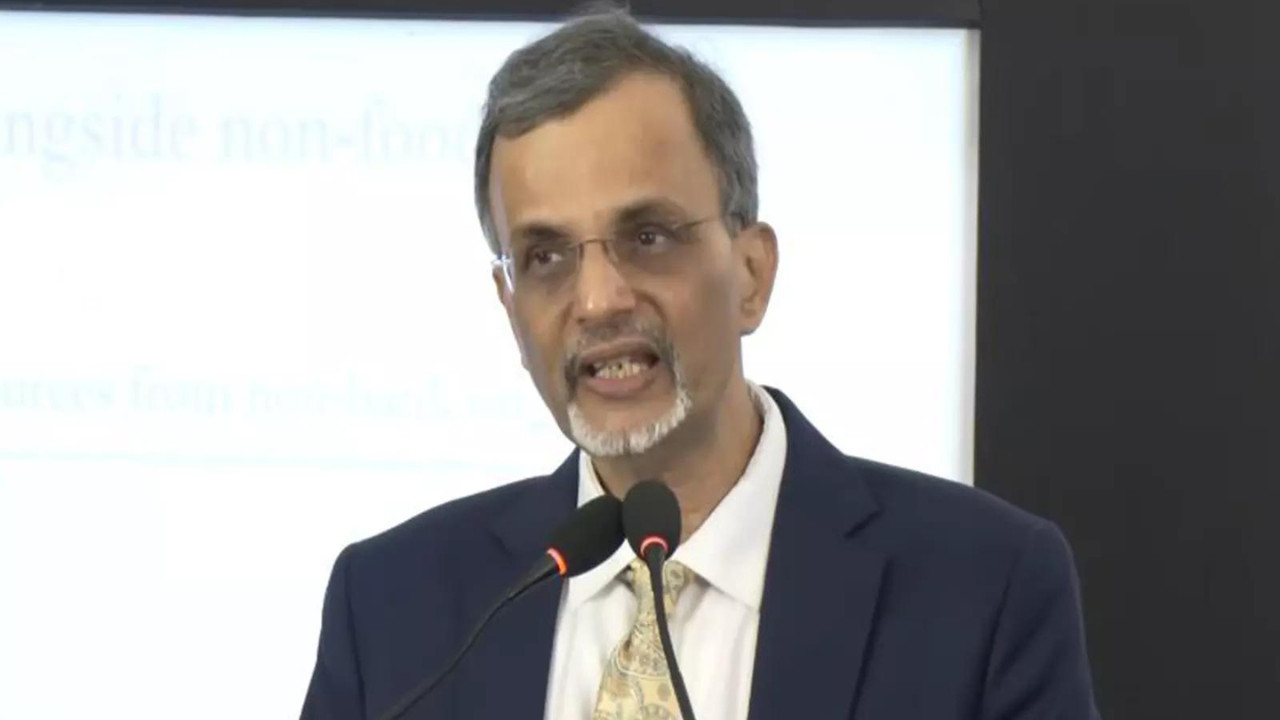New GST rates 2025 full list effective today: The Modi government’s next-generation GST reforms take effect on September 22, 2025, coinciding with the start of Navratri. These reforms reduce tax slabs to 5% and 18%, making household items, cars, and food cheaper. Here is the full list of new item-wise GST rates:
Your Wallet’s Navratri Gift: A Fresh Look at India’s GST Rates
Navratri is a time for celebration, new beginnings, and, apparently, a bit of a shake-up in your spending habits. No, I’m not talking about festive shopping sprees (though those are definitely part of it!), but rather a recent tweaking of India’s Goods and Services Tax (GST) rates that might leave you pleasantly surprised – or perhaps scratching your head. Let’s dive into what’s changed and how it impacts your pocket.
What Got Cheaper? Unveiling the GST Cuts
The good news first! Several items have seen their GST rates slashed, potentially leading to lower prices for consumers. Think of it as a small, silent blessing tucked within the festive season.
One notable change affects carton boxes. These ubiquitous packaging materials, vital for everything from online shopping to moving house, now attract a lower GST. This should be welcome news for businesses relying heavily on packaging, and hopefully, some of those savings will trickle down to the end consumer. Imagine your festive sweets arriving in a slightly more affordable box!
Another area benefiting from reduced GST rates is the supply of railway equipment parts. This might seem niche, but it contributes to smoother, more efficient rail operations, which ultimately benefits everyone who relies on trains for transport. Think of it as a small but important cog in the machine of national progress.
What’s Staying the Same (or Getting a Little Dearer?)
While some items are becoming more affordable, it’s important to remember that GST is a complex system, and some things are staying put or experiencing slight increases. Generally, there haven’t been widespread increases, but it’s always wise to be aware.
The real takeaway here isn’t so much about things getting drastically more expensive, but rather understanding the nuances of the current system and how it affects various sectors.
Navigating the 0%, 5%, 18%, and 40% GST Slabs
India’s GST system operates on a multi-tiered slab structure, with rates ranging from 0% to 40% (though that top rate is reserved for very specific items). This structure is designed to cater to a diverse economy and ensure that essential goods remain accessible. Here’s a very simplified breakdown:
* 0%: Essential goods like unpackaged food items, books, and certain healthcare services fall into this category. These are the everyday necessities that the government aims to keep as affordable as possible.
* 5%: This slab typically covers items like packaged food, medicines, and some clothing. These are still considered essential but often involve some level of processing or branding.
* 18%: A large swathe of goods and services falls into this category, including most manufactured goods, electronics, and many services like telecommunications and restaurant dining. This is the standard rate for a wide range of products.
* 40%: Reserved for luxury items and demerit goods (like tobacco and certain high-end cars), this rate is designed to discourage consumption and generate significant revenue.

The Bigger Picture: How GST Impacts You
Understanding these GST rates isn’t just about knowing what’s cheaper or more expensive right now. It’s about understanding how the government generates revenue, how businesses operate, and how the overall economy functions. GST is a consumption-based tax, meaning that you pay it on the goods and services you consume. This makes it a direct and transparent form of taxation.
Changes in GST rates can influence consumer spending patterns, business investment decisions, and even inflation rates. A cut in GST on a particular product could lead to increased demand, which in turn could boost production and create jobs. Conversely, an increase in GST could dampen demand.
To further understand how policy changes affect you and your financial planning, explore our insights on other key economic indicators.
The Bottom Line: Stay Informed, Spend Wisely
While the recent changes in India’s GST rates might not be earth-shattering, they are a reminder that the economy is constantly evolving. Staying informed about these changes and understanding how they impact your spending habits is crucial for making smart financial decisions. So, as you enjoy the festivities of Navratri, take a moment to consider how these tweaks in the GST system might just shape your spending patterns in the days to come. A little awareness can go a long way in ensuring your wallet enjoys the celebrations just as much as you do!







